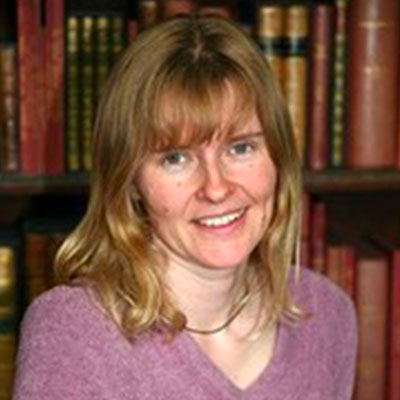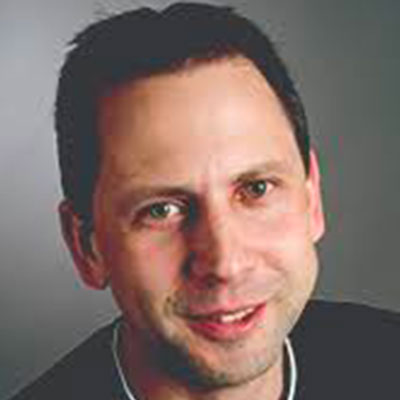Workgroup Leader: Gertjan Koster
WG2 Growth Control (GC) is in charge of pursuing the first TECHNOLOGY Objective “To foster the development of a technology for the growth of in-situ-quality-controlled, large-area epitaxial oxide films and heterostructures on different substrates including Si”. WG2 will act in synergy with the Management WG for the organization of technical meetings and roundtables and to join contacts with private corporations, also for the presentation of joint applications. In synergy with the Management WG and with WG3 it will publish a volume that is intended to serve as a technological roadmap for transition-oxide-based electronics. The specific scientific activities fostered within this WG are described by three tasks.






